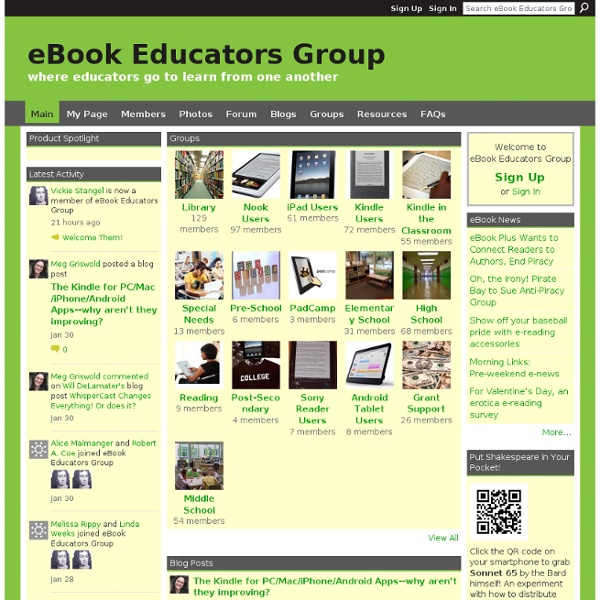



Home ALA TechSource, an imprint of the American Library Association, publishes Library Technology Reports and Smart Libraries Newsletter. Library Technology Reports, published in eight issues annually, helps librarians make informed decisions about technology products and projects. Reports are authored by experts in the field and may address the application of technology to library services, provide thorough overviews of library technology, offer evaluative descriptions of specific products or product classes, or cover emerging technology. Smart Libraries Newsletter, published monthly, offers Marshall Breeding’s news and analysis on products, vendors, and new developments in the library automation marketplace. Print subscriptions include access to digital versions. To subscribe, view our subscription pricing and offerings page! Single-copy issues of Library Technology Reports are available for purchase in the ALA Store.
Museums, libraries and archives - learning - Home Balanced Filtering in Schools - Home Library Success: A Best Practices Wiki - Library Success: A Best Practices Wiki 42explore: Thematic Pathfinders for All Ages Virtual Information Inquiry: REACTS Stripling and Pitts Research Process Model The late 1980s was a time when many librarians and educators were discussing the importance of information skills. Barbara Stripling and Judy Pitts focused their attention on the need for high level thinking in the research process. It became known as the Stripling and Pitts Research Process Model or REACTS. Read the article Teaching Inquiry with Primary Sources to see REACTS in action. The REACTS Taxonomy developed by Barbara Stripling and Judy Pitts focuses on critical thinking in the research process. The REACTS Taxonomy includes the following elements: Recalling Explaining Analyzing Challenging Transforming Synthesizing Ten Step Research Process Along with the the teaching strategies associated with the REACTS Taxonomy, Stripling and Pitts designed a 10-step process to help students develop their term paper from topic selection to final product. Learn More Brainstorms and Blueprints: Teaching Research as a Thinking Process by Barbara Stripling, and Judy Pitts.
NeoMillennial Learning styles#x3 Key areas#x3 Key areas The premise of the paper is this – that given the exposure to media a new or neomillennial learning style is emerging based around ICT technologies. The exposure to new technologies is detailed in this comment in the paper by Dieterle,Dede & Schrier “During their formative years, millennials –– the cohort born after 1982 –– have had unprecedented access to a broad range of media in the United States (Roberts et al., 2005) and abroad. They, Dieterle, Dede and Schrier, propose adding a media based or mediated learning style, the “NeoMillennial learning style” which results from new technologies, the ubiquitous nature of connectivity, the vast volumes of information constantly developed and propagated; and the collaborative nature of the emerging technologies. This article strikes an number of chords with me.The collaborative aspects of this new learning style.
Free Technology for Teachers